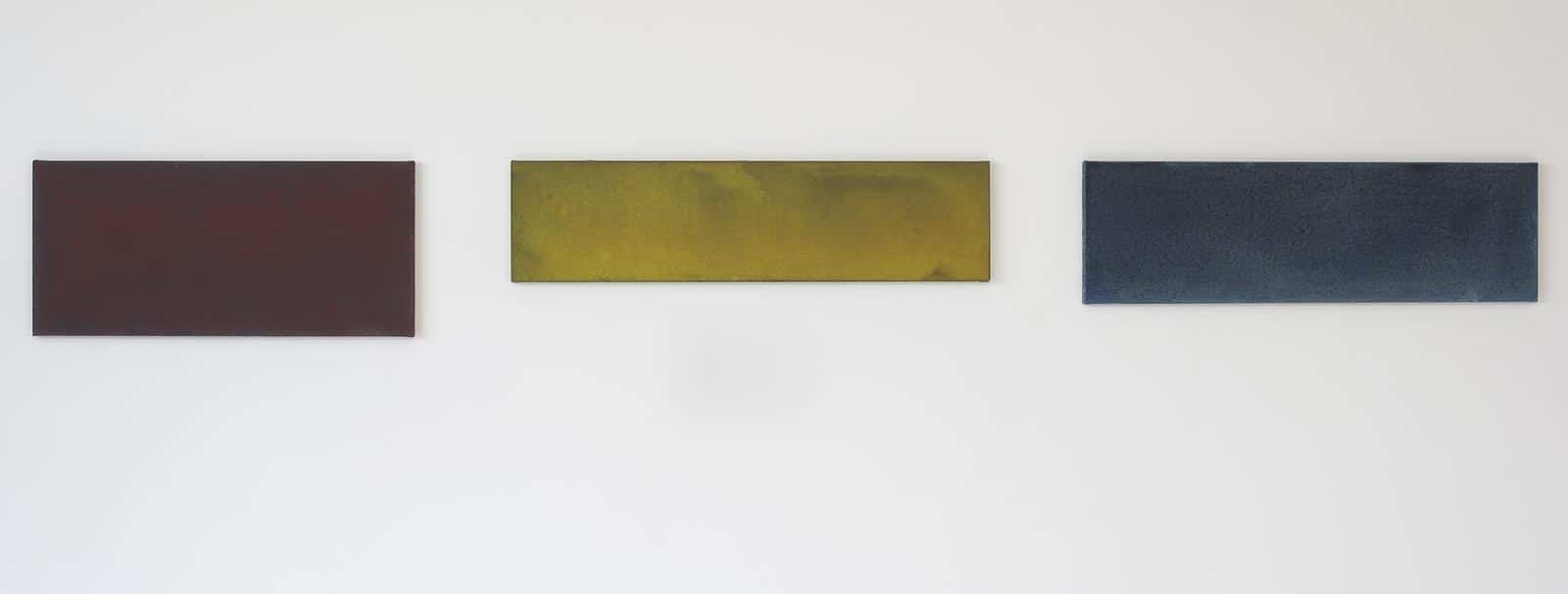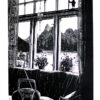Throughout art history painters have explored the nature of colour. Whether their expressions are naturalistic or abstract, artists have researched values changing across a surface and the expressivity of texture and nuance, presenting a wide variety of emotions, intentions and meanings.
From cubism on, artists would take abstraction to its logical conclusion by vacating representational subject matter entirely and returning to what the French painter Jean Metzinger (1883 – 1956) called the “primordial white unity”, a “completely white canvas”. As a consequence, monochromatic painting became an important component of avant-garde visual art in the 20th and 21st century.
The first monochrome painting to be presented at an exhibition (Incoherent arts’, Paris1882) was Paul Bilhaud´s black painting “Combat de Nègres dans un tunnel” (Negroes fight in a tunnel). Since then, a long line of artists has followed in his footsteps and the monochrome has proved to be a durable idiom in Contemporary art.
Hilde Skjeggestad thus follows a long line of artists in her artistic oeuvre. In her paintings colour are a thematically and physically fulcrum. The basis of her works is both the physical characteristics of the colour, and the reflections and discussions on colours through the centuries.
In recent years Skjeggestad has worked with abstract-organic painting in different shades. From her earlier paintings, which were almost disconnected from the material aspect, she became more and more interested in the materials themselves, and what paint and canvas together may express. When highly diluted paint merges with an unprepared canvas, it inter-reacts and creates a kind of matted representation of colours. It is not always readily perceived, and the image surface may be seen as dry, “grated” and turbid. But given time, the images begin to live and show complexity in structure and colour.
Her works respond to both light and their surroundings, providing visual variation for the eye of an observer. The process unfolds in time by the changing light, and the degree of variety and drama will vary depending upon the local physical conditions and of the viewer’s state of mind.
Skjeggestad usually works in series, and develop her works in dialogue with the rooms where they are displayed. Most of her works consists of horizontal bands of juxtaposed elements. The viewer’s reading takes place by slowly walking from one end to the other.
As the working title for the artistic process in recent years, she has used a quote from the French philosopher Merleau-Ponty: For the art of painting is always within the carnal. Skjeggestad feels the rather insisting and old-fashioned title is highly relevant for her works. Besides, it also draws a line back to a partly bygone era; when paintings were among the central arts, and existential questions were an obvious theme. To some extent these connotations still follow abstract-organic paintings as a subtext, something she draws on, rather than suppresses.
View works by Skjeggestad in our gallery shop.




